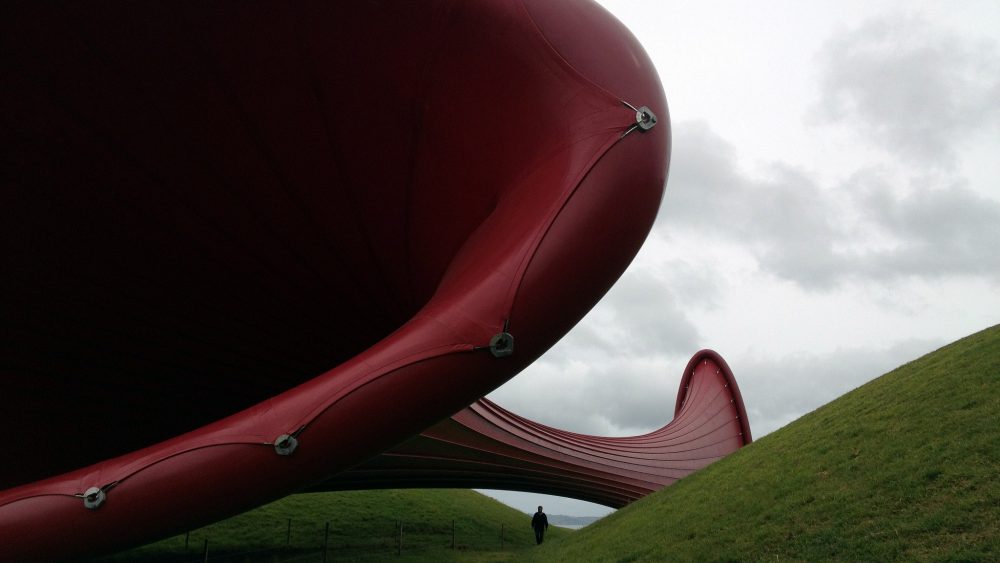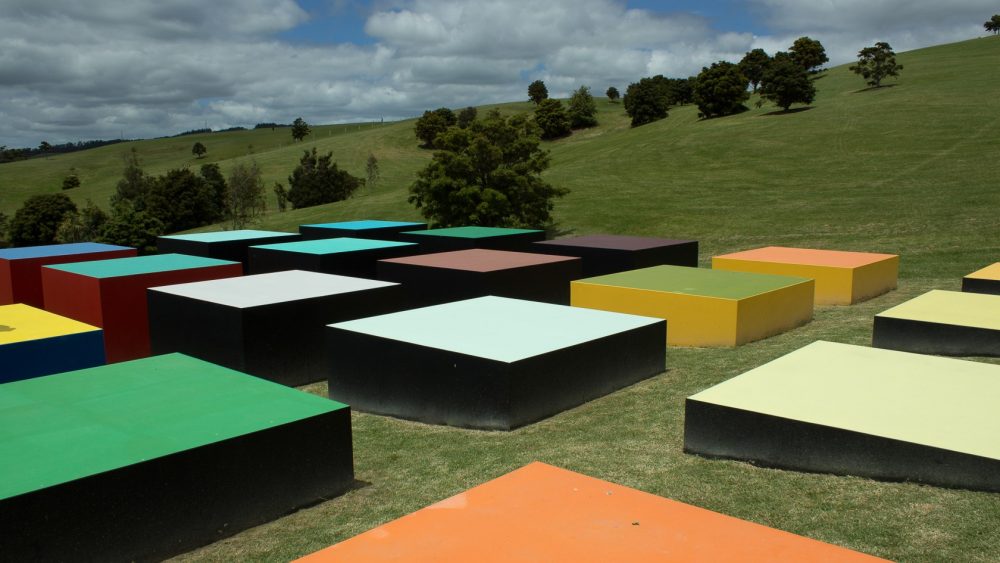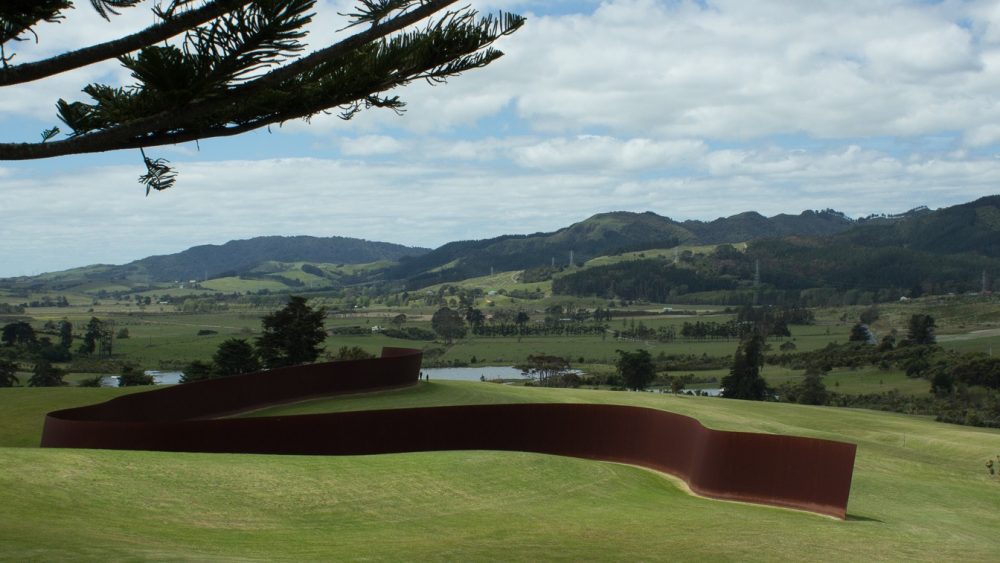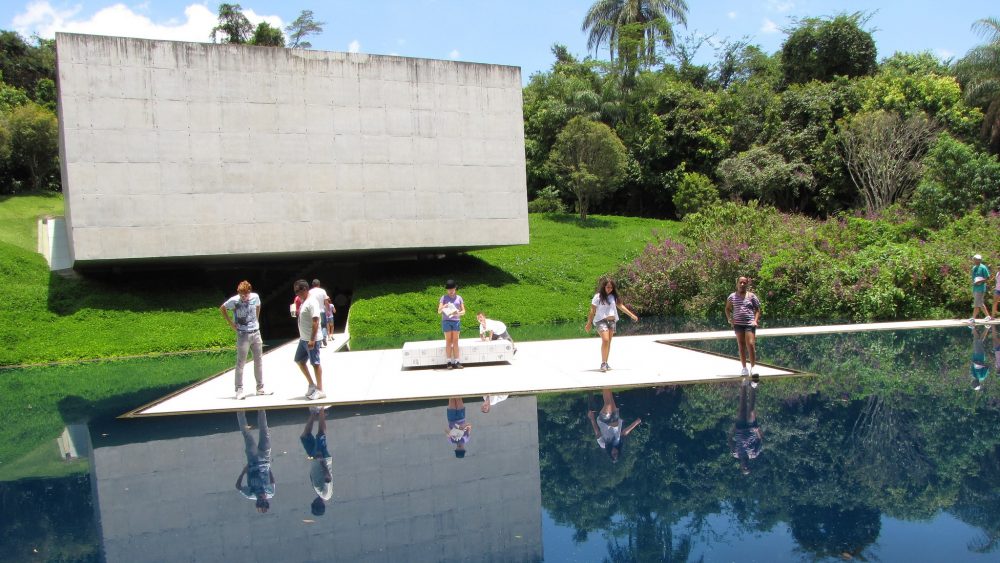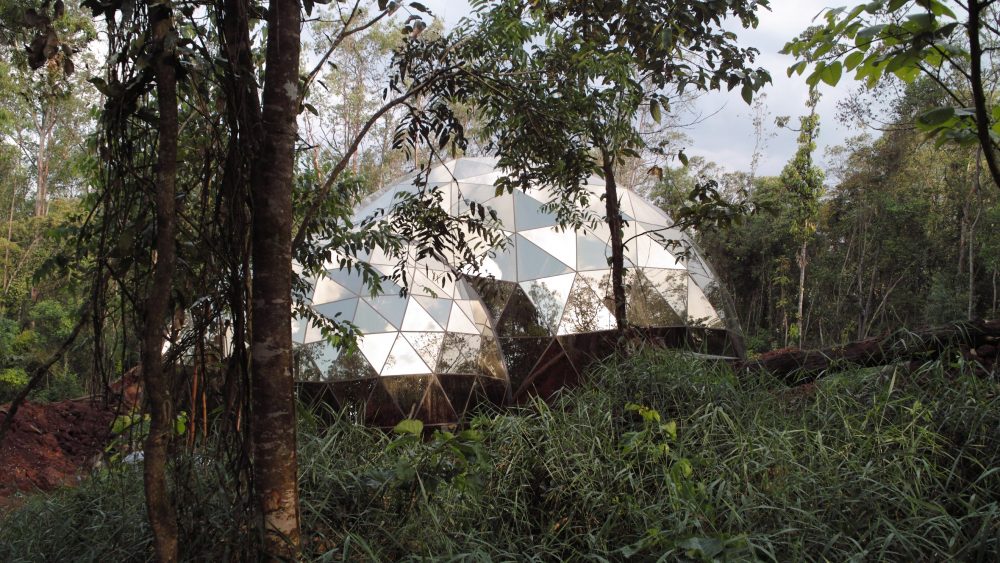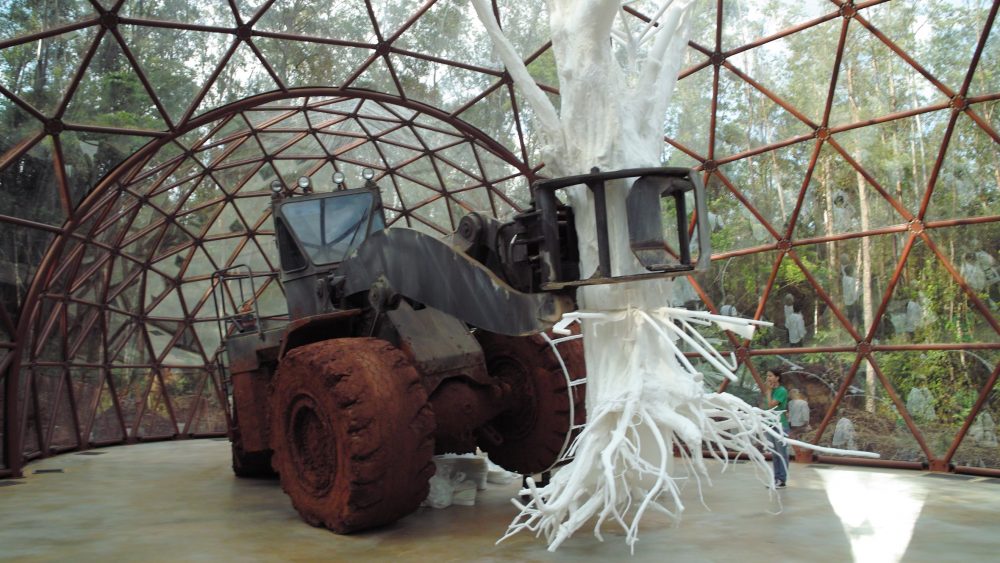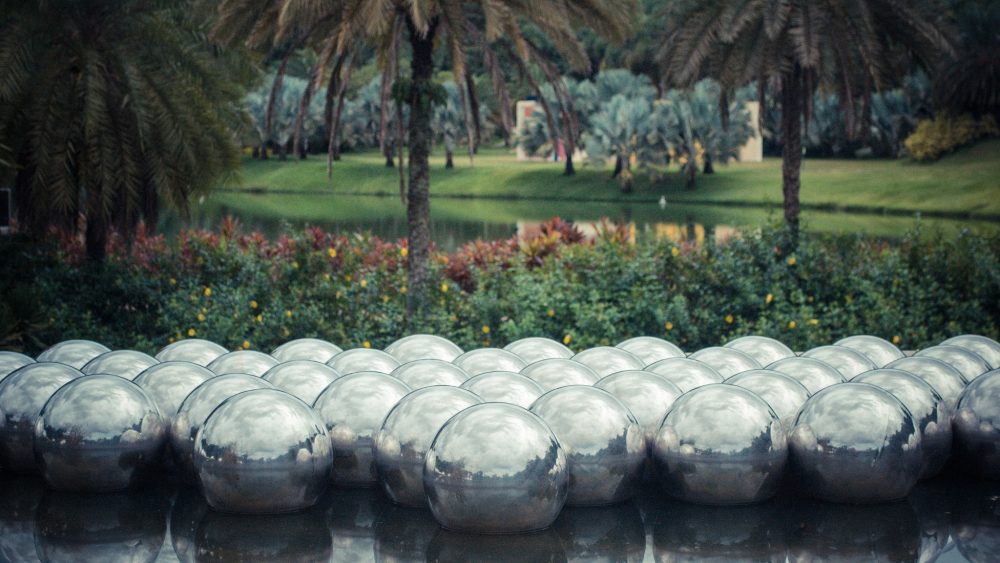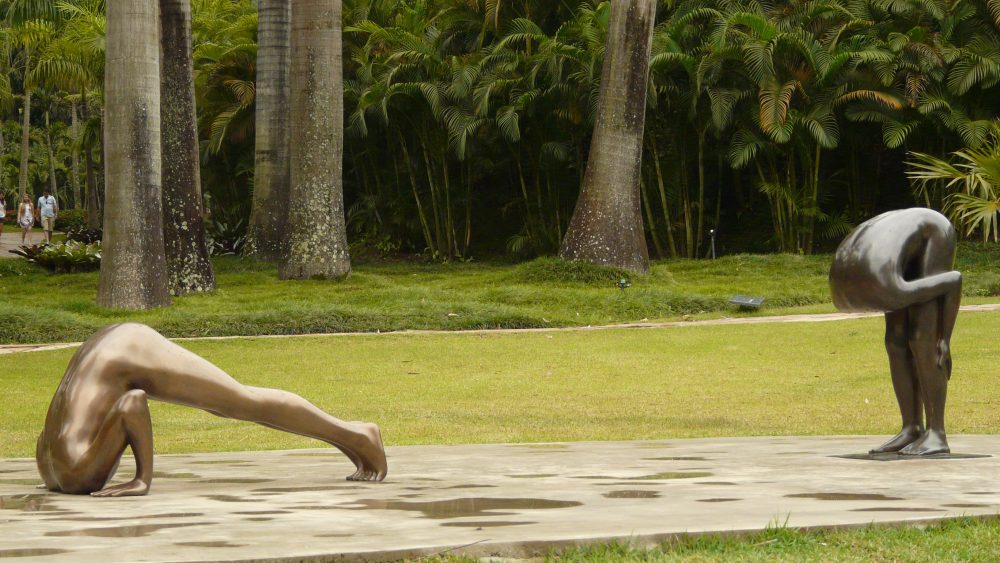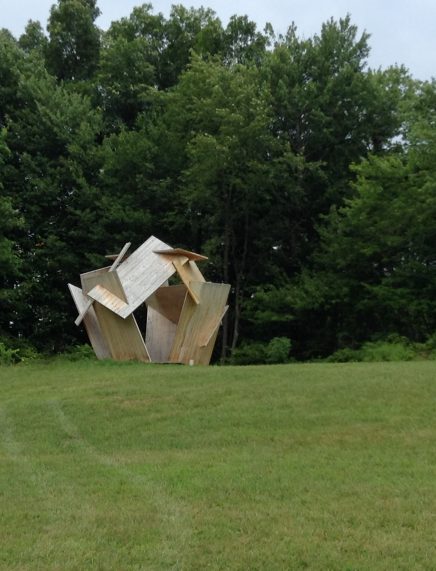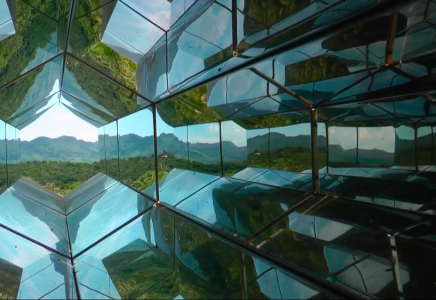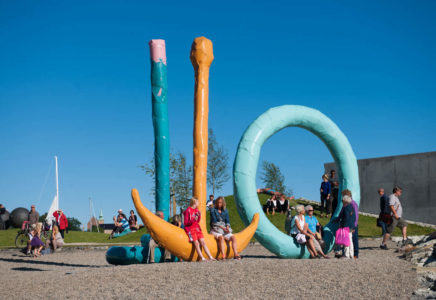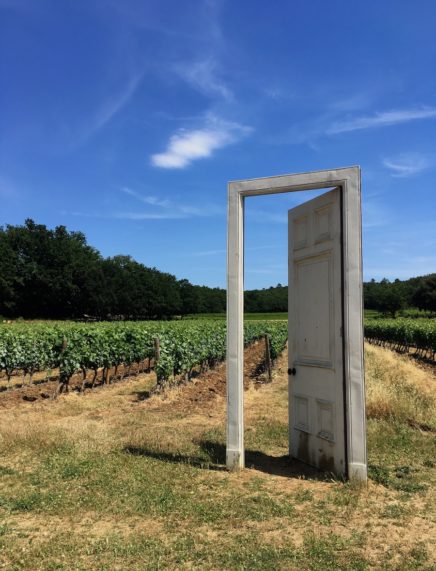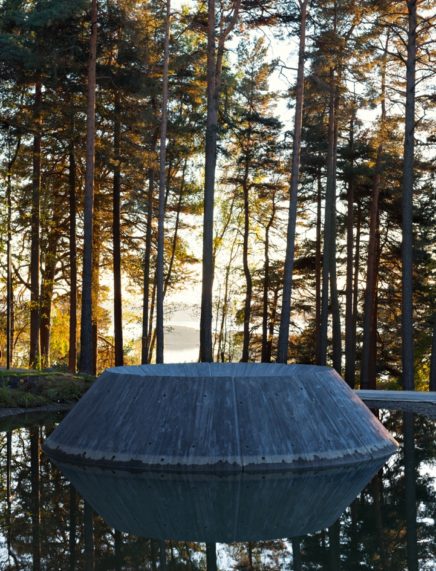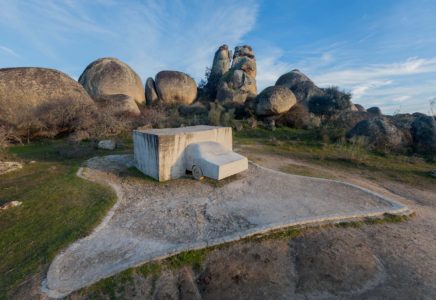The Return of the Great Patrons of the Arts
They are wealthy and enterprising. But that’s not enough. Today, they want to become art collectors and patrons and leave an eternal mark on our time. To them, art can only be conceived in XXL. Monumental art is their hallmark. They have traded the walls of their private galleries for much broader spaces: gardens, parks, valleys, deserts and mountains where they display installations sometimes large enough to be seen on Google Maps. In this first article of a series of three, I will introduce you to the most emblematic of these new patrons of the arts and explore, from Brazil to New Zealand, the landscapes they have transformed.
Gibbs Farm: along the coast of New Zealand, monumental art spectacularly integrated into nature by Alan Gibbs
Northern New Zealand. At about 30 miles from Auckland, Gibbs Farm sculpture park spreads out on about 1,000 acres of land belonging to New Zealand businessman Alan Gibbs, founder of the amphibious vehicles company Gibbs Sports Amphibians Inc. Works of art by more than twenty international artists are displayed on this vast hilly land overlooking Kaipara, one of the Southern Hemisphere’s major harbors. The works are monumental and easily visible by satellite: Anish Kapoor’s Dismemberment, Site 1(2009), a gigantic membrane installed in between two hills; Richard Serra’s Te Tuhirangi Contour (1999-2001), 843 feet of steel winding through the property. New Zealand grazing sheep are part of the picture and particularly enjoy taking a rest on Sol LeWitt’s Pyramid (Keystone NZ) (1997).
Inhotim: In the heart of Brazil, an “art Disneyland” imagined by Bernardo Paz
Former mining magnate Bernardo Paz clearly unveils his ambitions for his art park and natural reservation project located in the once mining town of Brumadinho: “I’m not creating a place for me. Inhotim is for eternity”. At more than 60 years old, he wishes to turn these 3,000 acres of land located 40 miles from Belo Horizonte into one of the most sought-after destinations for art lovers of all nationalities and social classes. Since its opening in 2006, it welcomes more than 300,000 visitors a year, mostly local Brazilians. Several days are necessary to discover the 22 pavilions, each dedicated to an artist, as well as the sculptures displayed throughout the botanical gardens. Most major Brazilian and international artists are represented: Tunga, Vik Muniz, Hélio Oiticica, Doug Aitken, Dominique Gonzalez-Foerster, Steve McQueen, Anish Kapoor or Yayoi Kusama. Eventually, Bernardo Paz wants Inhotim to become an “art Disneyland” offering a larger-than-life experience: “It’s like Disney, which began life as a park and expanded. Only here it is something serious”. Today, Inhotim hires over 1,000 employees. But many more will be needed once Bernardo Paz’s vision fully takes shape: ten luxury hotels, a convention center, a theater, twenty more art pavilions and new purchases for the sculpture park… The Inhotim experience will then require a ten to twelve day visit.
Benesse Art Site Naoshima: in southern Japan, an open sky experience of infinite refinement designed by Soichiro Fukutake
The Benesse Art Site Naoshima is the collective term for all the art and cultural activities implemented by the Benesse Holdings Inc. and the Fukutake Foundation on the islands of Naoshima, Teshima and Inujima located in Japan’s Seto Inland Sea. In 1985, billionaire and Fukutate Publishing Co. Ltd (now Benesse Corporation) owner Tetsuhiko Fukutake appealed to the greatest architects and artists of our time to help him transform the archipelago into an outstanding art site.
Today, Naoshima is one of the most sought-after destinations for art collectors from around the world. It includes the entirely underground Chichu Art Museum, the Lee Ufan Museum dedicated to the artist of the same name, the Art House Project, The Benesse House Museum and hotel, the Ando Museum and the Naoshima Bath where visitors are able to actually take a traditional Japanese bath within the museum. Among the most remarkable works of art are some monumental sculptures by James Turrell, Walter De Maria, Yayoi Kusama and Niki de Saint Phalle. These artistic itineraries stretch out to neighboring islands, offering yet another opportunity to discover major works presented at the Setouchi International Art Festival in 2011 and now displayed on the Teshima island. Among those, Les Archives du Coeur by Christian Boltanski, resonates with amplified heartbeats recorded by the artist throughout the world.
Given the ambition of these three projects, it would have easy for them to remain utopias. But despite the many obstacles they have encountered, their protagonists have been entirely devoted to turning their vision of a renewed dialogue between Art and Nature into reality. These three projects stemmed from generosity and a desire to share. They invite the public to “experience” and to immerse into new worlds imagined by Gibbs, Paz and Fukutake. In my next article on “new patrons of the arts”, I will take you to Argentina, Switzerland and the south of France, and introduce you to three new figures and their collection of sculptures.
Practical information
Gibbs Farm
Located north of Auckland at Kaipara Harbour, New Zealand (undisclosed address).
Daily visits available through online booking at www.gibbsfarm.org.nz/
Inhotim
Rua B, 20. Inhotim, Brumadinho, MG – Brazil (2 hour drive from Belo Horizonte)
Opening hours, admission and lodging info available online at www.inhotim.org.br/en/
Benesse Art Site Naoshima
Naoshima, Kagawa 763110 – Japan (1 hour by boat from Takamasu harbor)
Opening hours, admission and lodging info available online at www.benesse-artsite.jp/en/
